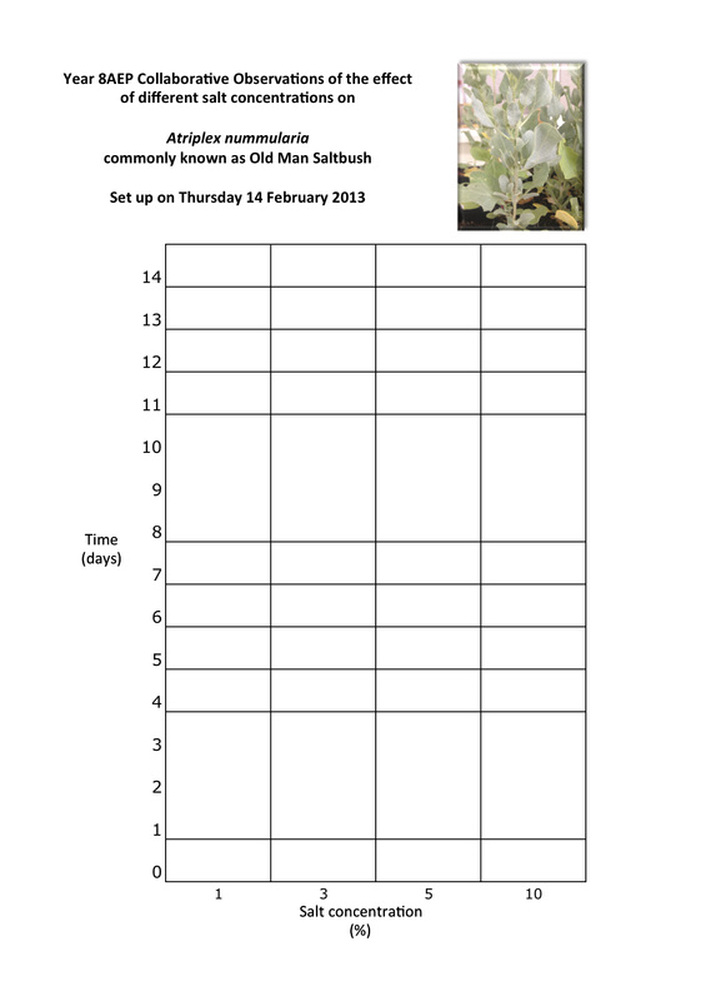Week 3
Task 1 Investigation
Write up “Procedure”
- Discuss need for replicates
- Discuss need to control variables
- Discuss need to have a control set-up.
- Summarise your findings into a couple of words and
- add to the appropriate position on the Collaborative Observations sheet.
The last ten minutes of each lesson is available to check on your plants, record any observations and add a brief observation to the collaborative sheet.
Task 2 - Manipulation of the Binocular microscope
Microscopes are used to observe specimens that are too small to see without a magnifying lens. Microscopes must be treated with care as they are expensive pieces of apparatus.
3. Now you are ready to observe and draw some specimens of leaves from the plants you are investigating.
- Follow the class discussion along with the Binocular Microscope Powerpoint. Complete the Binocular Microscope worksheet and glue it into your science book.
- Microscopes may be used to estimate the size of specimens.
- Place a ruler under the 20x magnification and measure the diameter of the field of view (circle of light). Write done the magnification and diameter in your note book. Use a pencil and a ruler to draw the actual diameter of the field of view under 20X magnification in your note book.
- Place a ruler under the 40x magnification and measure the diameter of the field of view (circle of light). Write done the magnification and diameter in your note book. Use a pencil and a ruler to draw the actual diameter of the field of view under 20X magnification in your note book.
3. Now you are ready to observe and draw some specimens of leaves from the plants you are investigating.
- For each observation write the scientific name of the plant and its common name if you wish. Note the magnification.
- In pencil draw a representative section of the leaf. Draw a scale bar next to your drawing to represent the size of your drawing
- draw and label and structures that you observe on the leaf.
- estimate the diameter of each structure.
- Once you have finished drawing four leaves you may follow the same procedure for other specimens, eg the caterpillars on the leaves.
Task 3 Science and Inquiry Skills
Write heading “ Identifying Types of Microscopes”
Read pages 20 to 21
Do Checkpoint 1
Do Checkpoint 2 and 3
Do Skill 1.8
Read pages 20 to 21
Do Checkpoint 1
Do Checkpoint 2 and 3
Do Skill 1.8

